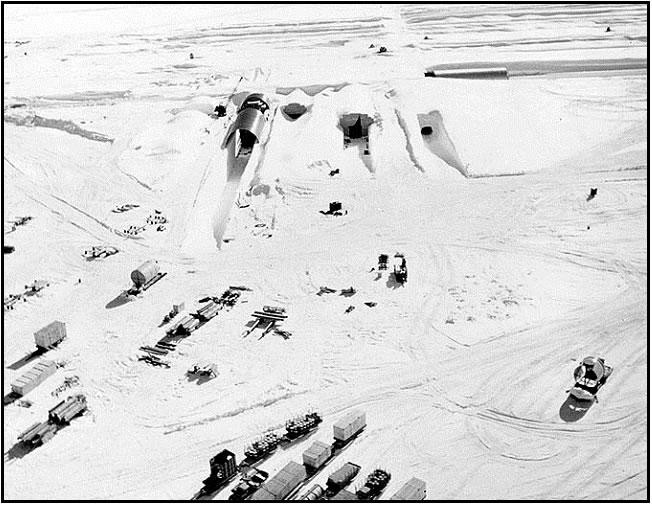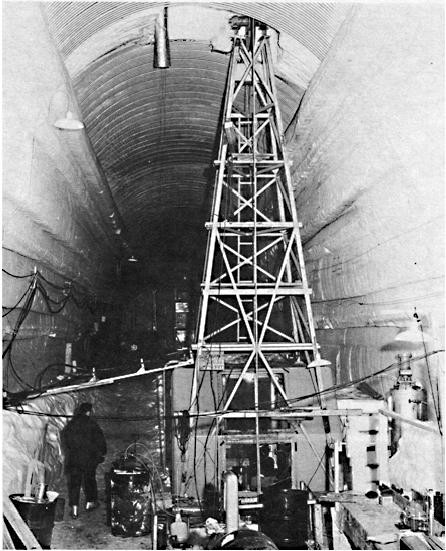Melting Arctic ice set to expose hazardous waste from Cold War-era top-secret experiments
Camp Century infrastructure and waste was abandoned in 1967, believed to have been buried forever.

The melting Greenland Ice Sheet is set to expose hazardous waste from top secret Cold War-era nuclear experiments, scientists have warned. Camp Century was a US military base abandoned in 1967.
It was thought the biological, radioactive and chemical waste left behind would stay buried in the ice forever – but global warming now means it could start to emerge by the end of the century.
Camp Century was built in 1959. Experiments carried out there included Project Iceworm, which sought to establish whether medium range missiles could be stored beneath the ice. The facility became known as the city under the ice.
Ultimately, they discovered the conditions were far too unstable so the project was scrapped and the base abandoned, leaving the waste entombed beneath the ice. Researchers believed it would be safe because of the perpetual snowfall.
However, a team from York University has now taken an inventory of the hazardous waste left at the site and used climate change models to establish the risk of it being exposed in the future. "Two generations ago, people were interring waste in different areas of the world, and now climate change is modifying those sites," said William Colgan, lead author of the study published in the journal Geophysical Research Letters. "It's a new breed of climate change challenge we have to think about."

Their simulations showed the area of the Arctic where Camp Century sits could start melting by 2100. Analysis of US army engineering documents show how deep the waste was buried and how much the ice cap has shifted since the 1960s.
In total, waste products cover 55 hectares and includes 200,000 litres of diesel, an unknown volume of low-level radioactive coolant from the nuclear generator and polychlorinated biphenyls (PCBs), pollutants toxic to humans. When the ice melts, these hazards will move into the ocean where they could impact marine ecosystems.
Colgan said: "When we looked at the climate simulations, they suggested that rather than perpetual snowfall, the site could transition from having a build-up of snow to having primarily melting conditions as early as 2090. Once the site transitions from net snowfall to net melt, it's only a matter of time before the wastes melt out; it becomes irreversible."
James White, a climate scientist not connected to the study, commented: "The question is whether it's going to come out in hundreds of years, in thousands of years, or in tens of thousands of years. This stuff was going to come out anyway, but what climate change did was press the gas pedal to the floor and say, 'it's going to come out a lot faster than you thought'."
© Copyright IBTimes 2025. All rights reserved.






















